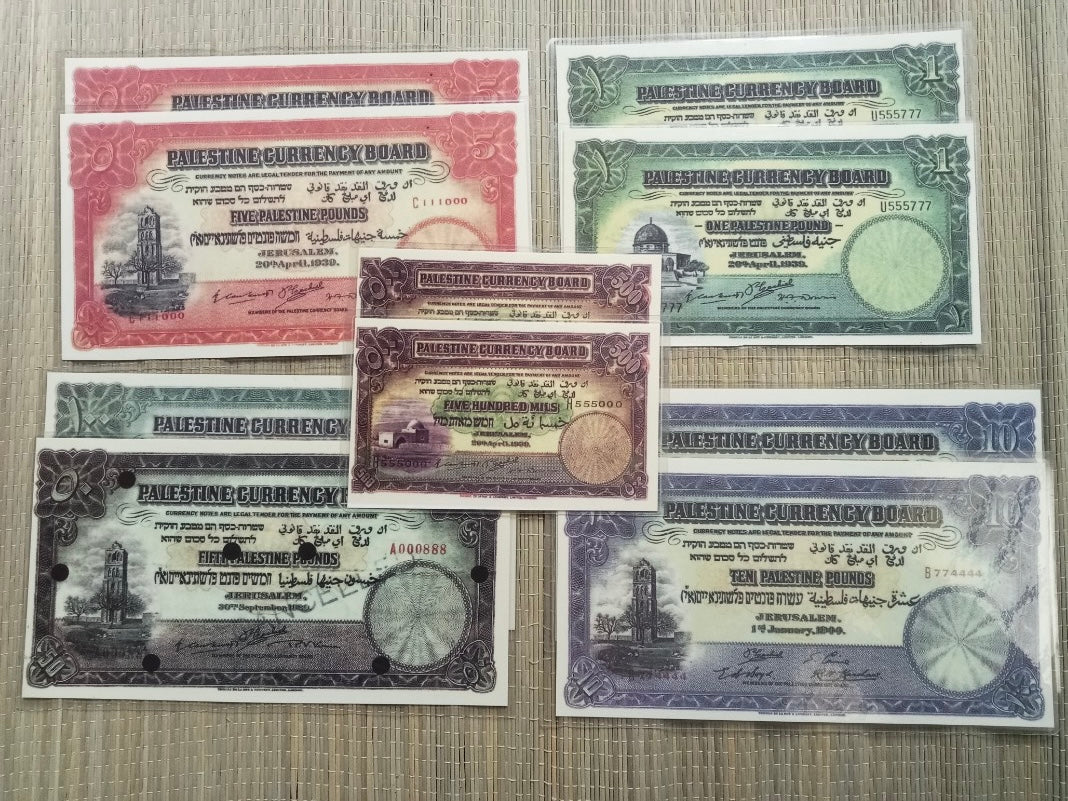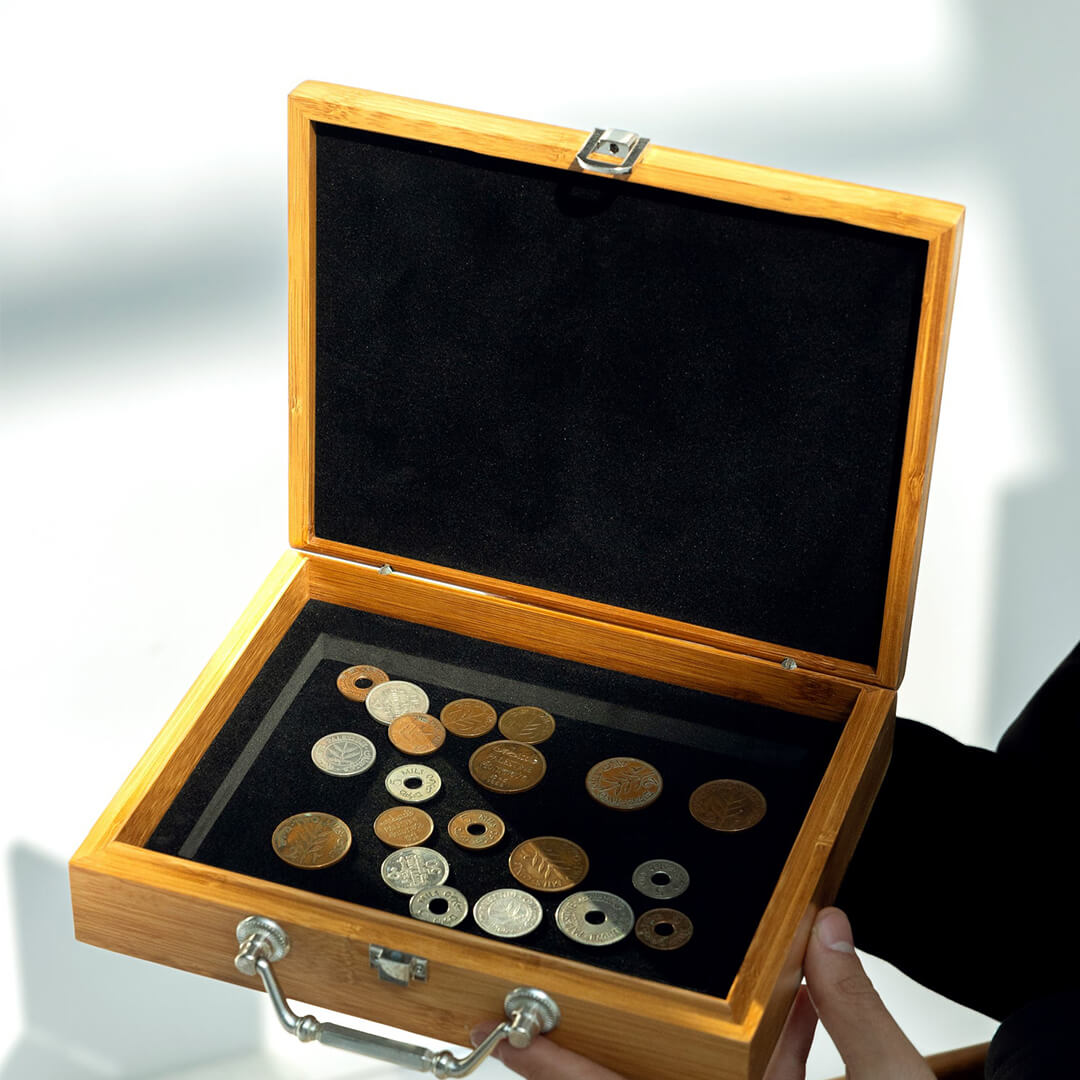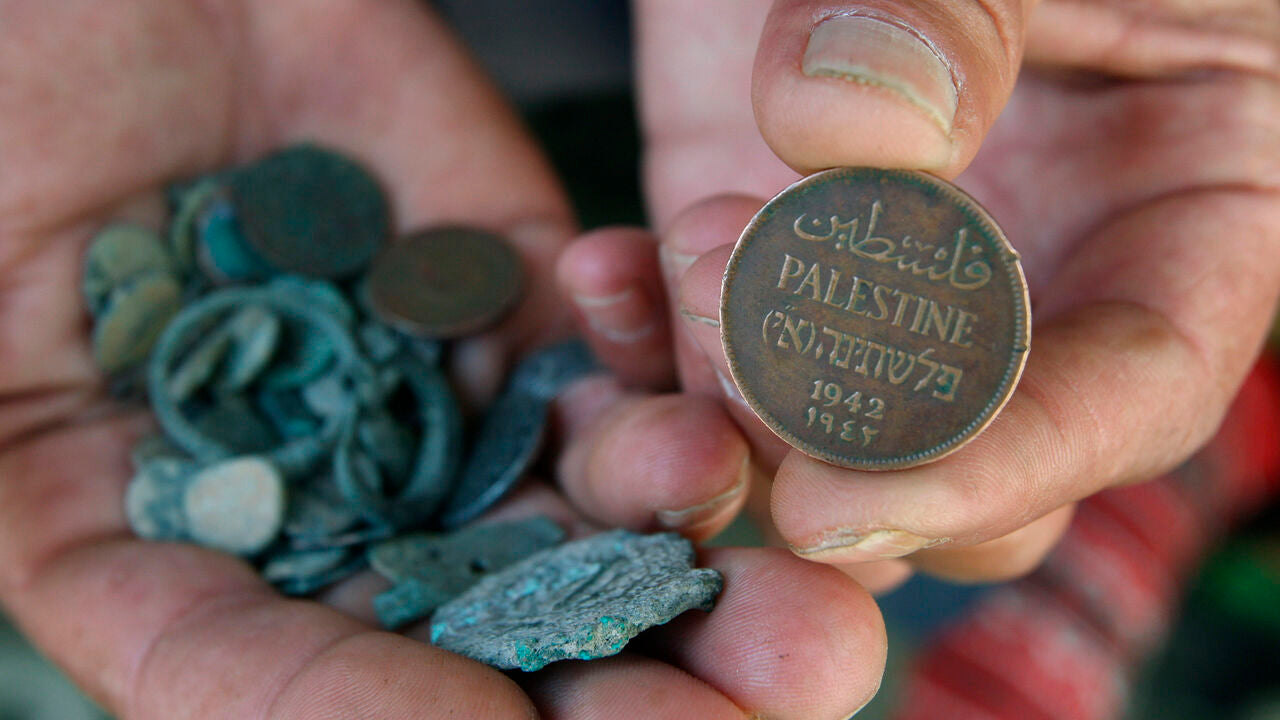The Art and History of Palestine Coins
Coins are not just money; they are a way to show art, history, and culture. The designs on Palestine coins, made during the British Mandate from 1927 to 1948, give us a peek into the region's rich heritage and the many influences that shaped it. In this article, we’ll look at the symbols and meanings behind these coins, revealing the stories they tell.
A Mix of Cultures
The designs on Palestine coins show the many different cultures in the region. The writing on the coins is in three languages: English, Arabic, and Hebrew. This shows how different communities lived together during the Mandate period. Each coin reminds us of the rich history of this land, showing the connection between different cultures.
Important Symbols and Images
The Olive Branch
One common symbol in Palestinian culture is the olive branch. It stands for peace and good luck. While the olive branch isn’t shown on every coin, its meaning is important. The olive tree is a big part of the Palestinian landscape, representing the strength and endurance of the Palestinian people.
Landmarks and Historical Sites
Many Palestine coins have pictures of important buildings and sites. These images celebrate the beauty of the region and remind us of Palestine's rich architectural history. Showing such places on coins highlights their role in the cultural identity of the region.
Traditional Designs
Some coins also show traditional patterns that reflect the art of Palestine. These designs often come from local crafts like embroidery and pottery, showcasing the unique style of Palestinian culture. By including these patterns on their coins, the coins honor the creativity of the Palestinian people.
Political Influence on Designs
The designs of Palestine coins were also affected by the political situation of the time. The British Mandate was a period of great change and conflict, and the coins became symbols of national identity and hope. As Palestine faced its complex history, the images on its coins changed to reflect the feelings of its people.
The Art of Minting
Making coins is an art in itself. The detailed design work requires skilled craftsmanship, from engraving to minting. The materials used, like bronze, cupro-nickel, and silver, add to the beauty of the coins. Collectors often appreciate the skill that goes into creating these coins, recognizing them as both historical items and works of art.
Importance for Collectors
For collectors, the designs on Palestine coins are valuable beyond just their money value. Each coin tells a story and reflects the history and culture of a people. Collecting these coins allows people to connect with the past and learn more about Palestine's rich heritage. The designs offer a way to explore the deep stories behind the history of the region.
Conclusion
The designs of Palestine coins are a fascinating mix of art, history, and culture. They show the multicultural identity of the region, highlight traditional patterns, and symbolize the resilience of the Palestinian people. Each coin is more than just money; it is a piece of history and a testament to the artistic craftsmanship of Palestine. Whether you are an experienced collector or just starting, exploring these coins helps you appreciate the stories they tell and the legacy they carry.
As you learn more about Palestine coins, take a moment to appreciate the meanings behind each design and the historical importance it holds. These coins are treasures that invite anyone to explore and celebrate this unique time in history.




